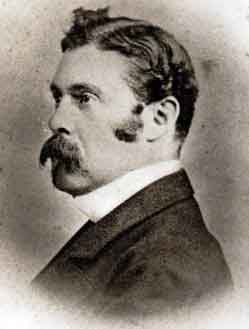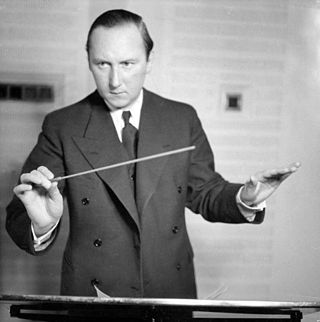
Anton Stepanovich Arensky was a Russian composer of Romantic classical music, a pianist and a professor of music.

A viola concerto is a concerto contrasting a viola with another body of musical instruments such as an orchestra or chamber music ensemble. Early examples of viola concertos include Telemann's concerto in G major and several concertos by Carl Stamitz and other members of his family. The first concertante work to use the viola without caution was Mozart's violin and viola Sinfonia Concertante.

David Geringas is a Lithuanian cellist and conductor who studied under Mstislav Rostropovich. In 1970 he won the gold medal at the International Tchaikovsky Competition. He also plays the baryton, a rare instrument associated with music of Joseph Haydn.
Ilya Kaler is a Russian-born violinist. Born and educated in Moscow, Kaler is the only person to have won Gold Medals at all three of the International Tchaikovsky Competition ; the Sibelius ; and the Paganini.

The Violin Concerto No. 3 in B minor, Op. 61, by Camille Saint-Saëns is a piece for violin and orchestra written in March 1880. Saint-Saëns dedicated the concerto to fellow composer-virtuoso Pablo de Sarasate, who performed the solo part at the premiere in October 1880 in Hamburg.
Violin Concerto No. 2 in D minor, Op. 22, by the Polish violin virtuoso, Henryk Wieniawski, may have been started in 1856, but the first performance did not take place until November 27, 1862, when he played it in St. Petersburg with Anton Rubinstein conducting. It was published in 1879, inscribed to his dear friend Pablo de Sarasate.

Bernhard Molique was a German violinist and composer.
The Piano Concerto No. 4 in D minor, Op. 70, by Anton Rubinstein is a Romantic concerto that was once highly esteemed and was in the repertoire of the Russian and Polish piano virtuosos Sergei Rachmaninoff and Ignacy Jan Paderewski.
Hans Graf is an Austrian conductor.

Jaroslav Řídký was a Czech composer, conductor, harpist, and music teacher.

La stravaganza [literally 'Extravagance'], Op. 4, is a set of concertos written by Antonio Vivaldi in 1712–1713. The set was first published in 1716 in Amsterdam and was dedicated to Venetian nobleman Vettor Delfino, who had been a violin student of Vivaldi's. All of the concertos are scored for solo violin, strings, and basso continuo; however, some movements require extra soloists.
An organ concerto is a piece of music, an instrumental concerto for a pipe organ soloist with an orchestra. The form first evolved in the 18th century, when composers including Antonio Vivaldi, George Frideric Handel and Johann Sebastian Bach wrote organ concertos with small orchestras, and with solo parts which rarely call for the organ pedal board. During the Classical period the organ concerto became popular in many places, especially in Bavaria, Austria and Bohemia, reaching a position of being almost an integral part of the church music tradition of jubilus character. From the Romantic era fewer works are known. Finally, there are some 20th- and 21st-century examples, of which the concerto by Francis Poulenc has entered the basic repertoire, and is quite frequently played.

Marie-Alexis de Castillon de Saint-Victor was a French composer.
The Piano Concerto No. 1 in E minor, Op. 25, written in 1850 and published in 1858 by Anton Rubinstein is a Romantic concerto is dedicated to Alexander Villoing, the composer's principal piano teacher. It is his fourth attempt at writing a concerto, two were from 1849 and were lost while the third from the same year was transformed into a Piano Octet, Op. 9. Although the First Concerto is the most traditional of the five concerti, a characteristic leonine quality in the piano scoring often emerges throughout.
The Piano Concerto No. 2 in F major, Op. 35, was written by Anton Rubinstein in 1851, one year after his first concerto. Stylistically it is less clichéd than the first, yet it still displays the full virtuoso nature of the piano.
The Symphony No. 4 Op. 60 is a work for solo piano and orchestra written by the Polish composer Karol Szymanowski between March and June of 1932. It is dedicated to the pianist Arthur Rubinstein. Szymanowski himself played the piano part at the premiere performance on 9 October 1932, with Grzegorz Fitelberg conducting the Poznań City Orchestra.

The Violin Concerto, Op. 54, is a three-movement concertante composition for violin and orchestra written in 1952 by the Swedish composer Lars-Erik Larsson. The piece premiered over Swedish Radio on 11 January 1953 in Stockholm, Sweden, with Sten Frykberg conducting the Swedish Radio Orchestra. The soloist was the Hungarian violinist André Gertler, its dedicatee.








